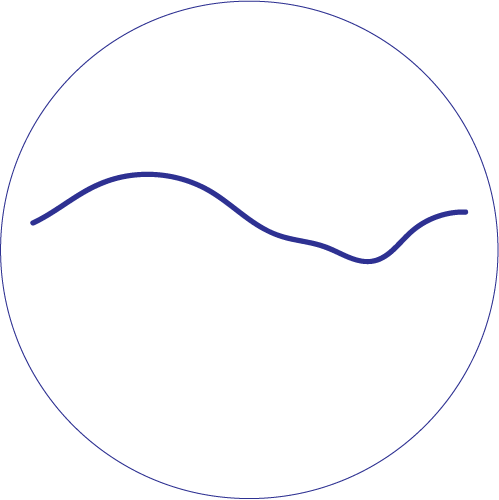For / Against: Double Distance [Tori Tinsley]
TORI TINSLEY
Within the tight confines of a third of the Welch Gallery’s space, Tori Tinsley's Double Distance repeats a pairing of two simplified bodily forms that inhabit both the environment of her paintings and the gallery itself. As visitors to their habitat, we are walked into and out of a narrative that is at once revolting and compelling.
The most visceral pieces in this brilliant and emotionally intoxicating exhibition are a pair of life-size Mylar figures. These works summon Franz West in the way their pastel stuffed bodies precariously perch on steel rod legs. Their slapped-together appearance echoes other works in the exhibition, such as a large pair of paintings’ exposed and uneven panel seams. Tinsley captures the mark of the artist and the urgency of her own work; there is an immediacy in the pieces' creation that seemingly belies the artist's need to construct them out of anything within hand’s reach.
Across the gallery is what the artist refers to as a "pillow painting." Nighttime Hug shows two kidney-shaped forms looking into each other’s eyes, one happily so while the other appears disgusted. Their Janus-like faces are repeated across the gallery in Nighttime Floor Hug, a soft-sculpture version of these two figures, but Tinsley has separated them from their frame. The artist has brought the world of these figures into the gallery space, where we are challenged to keep our hands from touching their plump surfaces.
There is a psychological thrill behind this exhibition, which calls on our desire to hug these creatures that appear helpless - and perhaps helpful, too. Their textile surfaces made of old sheets create a desire to touch and feel comforted by them, as we would in holding a childhood toy. Tinsley creates an empathetic experience without hitting us over the head with her personal story of loss. This ability to use symbolic gestures, color, and exaggerated features to highlight relationships to those we love is what resonates, and makes this work a glorious masterpiece of resilience in the face of devastating circumstances.
In Tori Tinsley's Double Distance, a somewhat claustrophobic experience in a third of the Welch Gallery's already meager space, Tinsley’s work consists of tired cartoonish figures living in a world trying to live up to that of Sarah Emerson. In a failure of gallery didactics, the viewer is never enlightened as to why Tinsley calls these figures “hugs”; they do not appear to be hugging, and look more like thumbs or kidney beans. The work is best understood as monopolizing on the current trend for a cartoon aesthetic - Tinsley has obviously jumped on the bandwagon in order to gain hype and publicity.
Her colors do not express the sadness from which her work emanates, and appear more as exercises in color and painting. They are too punchy, too cute, and lack the depth of her contemporaries.
Tinsley’s craftsmanship is poor and evidence of her naivety can be seen in multiple pieces. Why not take the extra step to sand your panels and make your paper blemish-free? These “details” subtract from the work and highlight Tinsley’s greenness. For example, the black threads left dangling from the hands of Nighttime Floor Hug do not appear to add anything to the work or say anything of particular importance. A grasp at emotional resonance that, like the "hugs" in the exhibit, fails to connect.
Additionally, there is a lack of consistency throughout the show. In Two Hug Halves, Tinsley uses found objects to construct two life-size figures that somewhat resemble the figures within the paintings. But this is where their similarities end and what makes this show an MFA exhibition. These are works in progress and should have been kept in Tinsley’s studio until the work emerging from them could be developed. There is great potential here, but this work was shown too soon and could have benefited from another few months of preparation.
.
| all content is property of the artist |
//
Tori Tinsley is a painter and sculptor exploring her changing relationship with herself and with her mother as her mother succumbs to a degenerative brain disease. Hugging bodies reveal the simultaneous enmeshment and separation that occurs in caring for her. Dark humor and the use of exaggerated facial features allow for the expression of the layered emotions experienced in such an ambiguous loss; feelings including despair, longing, disbelief, and even hope.
Tinsley holds an MFA in Painting & Drawing from Georgia State University Welch School of Art & Design, a Master of Arts in Art Therapy from the School of the Art Institute of Chicago, and a BFA in Painting & Drawing from the University of Michigan School of Art & Design. She is a Hambidge Fellow and a Vermont Studio Center Resident, and has received awards from Idea Capital, WonderRoot CSA, GSU's Welch Gallery, and MINT Gallery.





